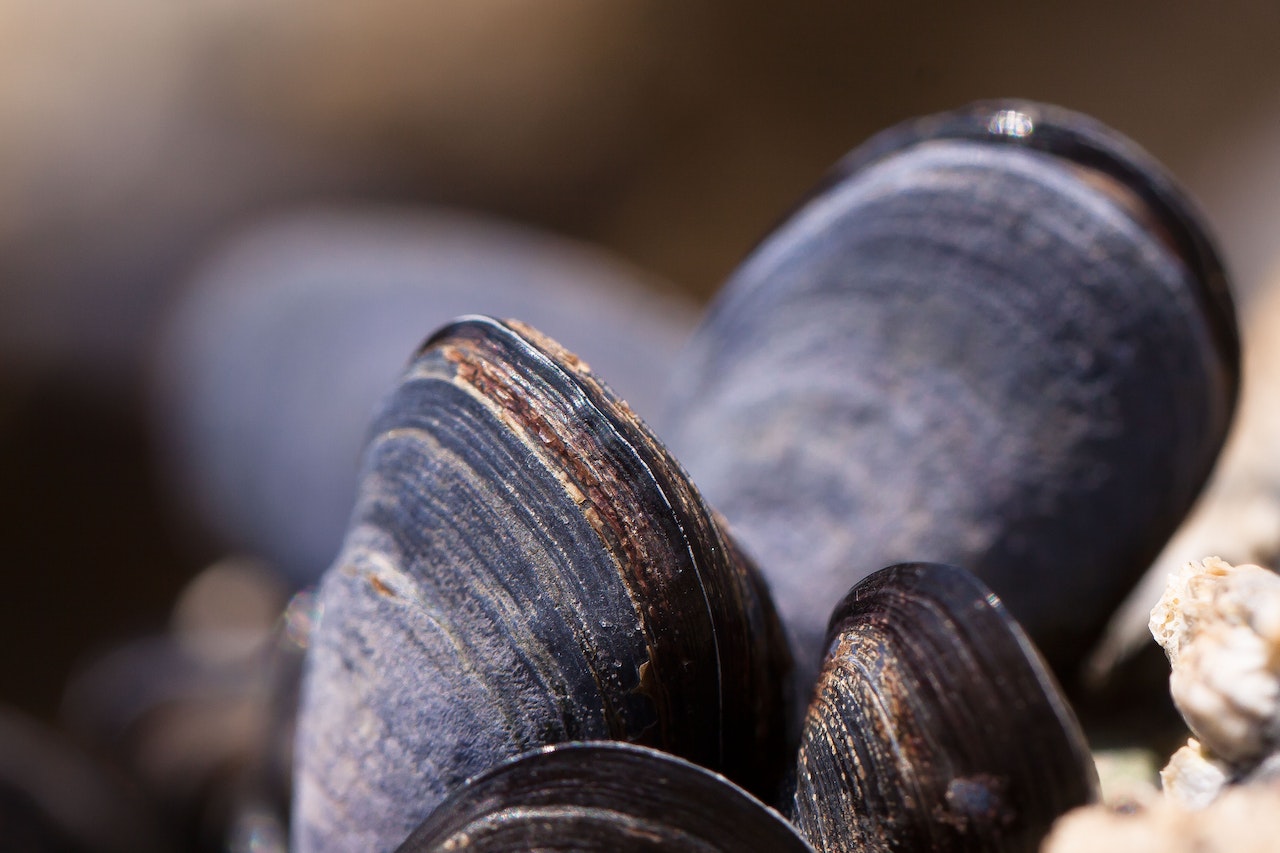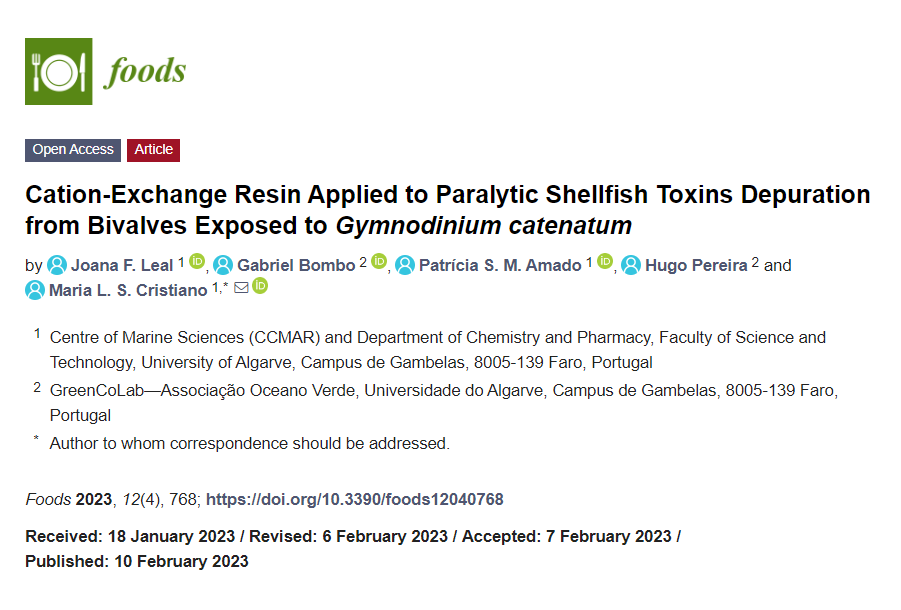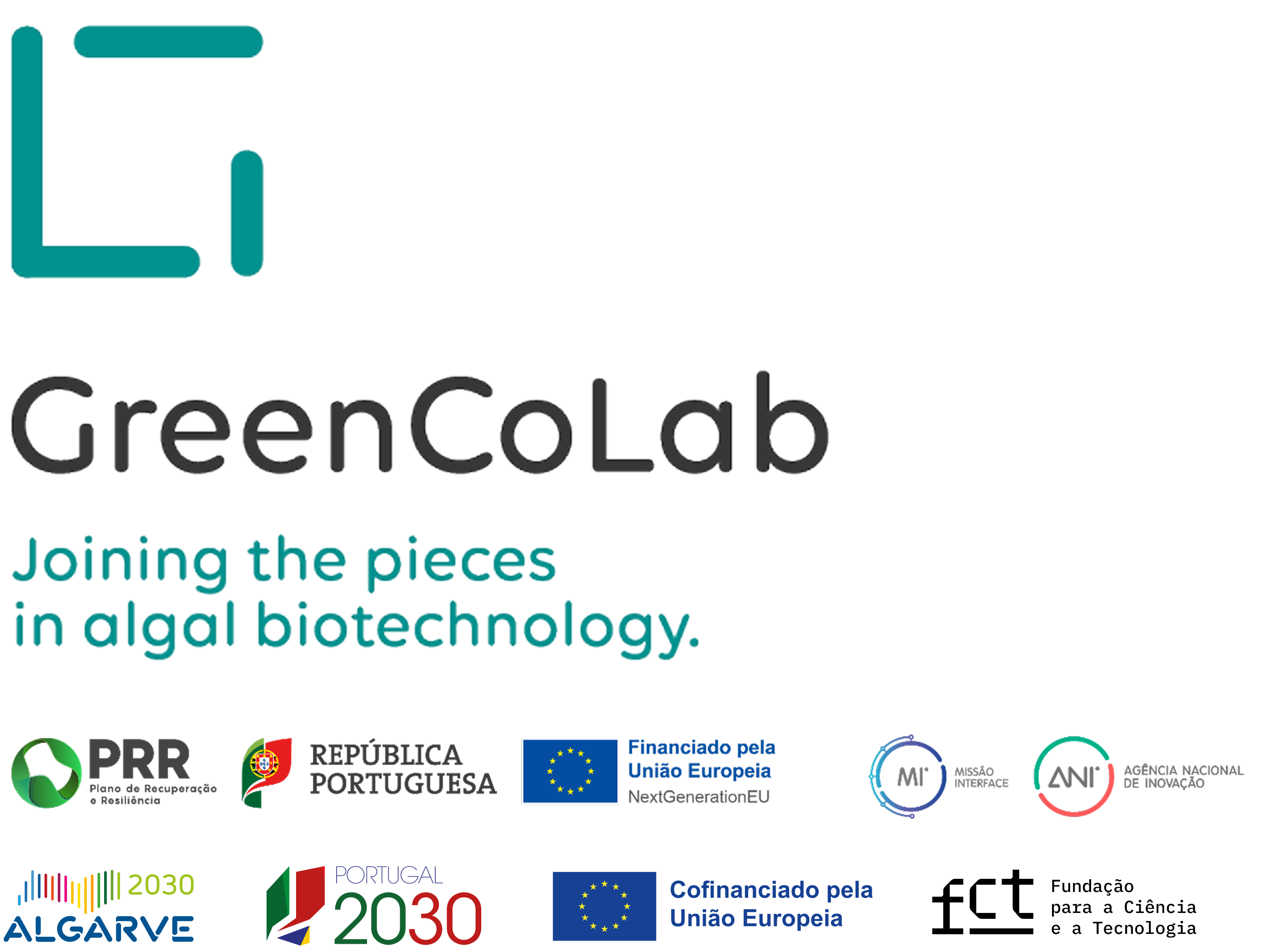

TITLE
Cation-Exchange Resin Applied to Paralytic Shellfish Toxins Depuration from Bivalves Exposed to Gymnodinium catenatum
JOURNAL
Foods
AUTHORS
Joana F. Leal, Gabriel Bombo, Patrícia S. M. Amado, Hugo Pereira, and Maria L. S. Cristiano
ABSTRACT
The accumulation of marine biotoxins in shellfish and their consumption causes serious food safety problems, threatening human health and compromising the availability of protein-based food. It is thus urgent to develop methodologies for the detoxification of live bivalves, avoiding their economic and nutritional devaluation. In this context, we tested an adsorption mechanism of paralytic shellfish toxins (PST) based on a cation-exchange resin. The first studies using cultures of Gymnodinium catenatum (natural producers of PST) showed a decrease of about 80% in overall toxicity after 48 h. Interestingly, we found that the toxins are adsorbed differently, with toxins’ structural features playing a part in the adsorption capacity via steric hindrance, electronic effects, or the extent of positive charge density (e.g., dcSTX). The positive effect of the resin in accelerating PST clearance from live mussels (Mytilus edulis) is not evident when compared to resin-free clearance; nevertheless, relevant information could be gathered that will facilitate further in vivo studies. Several factors appear to be at play, namely the competition of natural substances (e.g., salts, organic matter) for the same binding sites, the blocking of pores due to interactions between molecules, and/or difficulties in resin absorption by mussels. Additionally, the present work revealed the ability of mussels to neutralize pH and proposes bioconversion reactions among the PST molecules.



